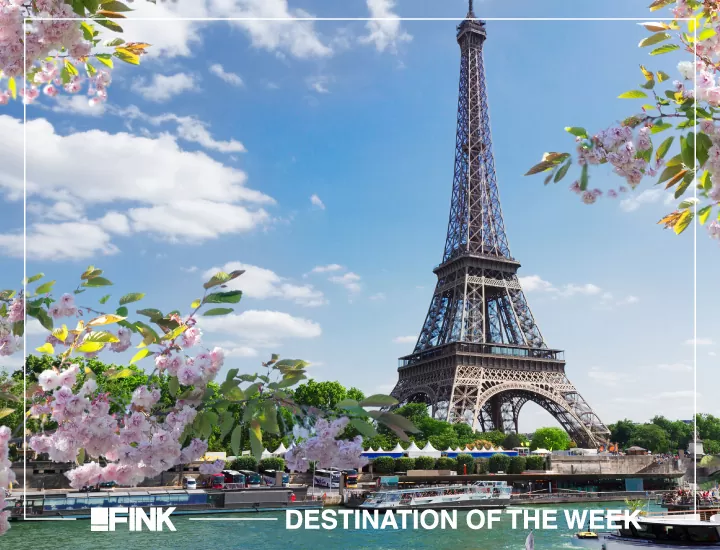
What comes to mind when the subject is traveling? For most tourists all over the world, Paris is one of the main destinations on their wish list. This information is confirmed by the World Tourism Organization, which indicates France as the most visited country in the world, with 86 million tourists passing through its territory in 2018. In this number, no fewer than 35 million people visited the nation’s capital – a 36% rise compared to 2017 – according to the Paris Committee of Regional Tourism (CRT).
Numbers such as these express Paris’s force as one of the most influential cities in the world, not only for its historical and cultural importance, but also economically and politically. Although the “City of Lights” is lovely and inviting at any time of the year, the best time to visit is in the summer, when there’s less chance of rain and the days are longer, since the sun sets around 10pm. The choice of when to visit Paris also depends on the traveler’s climatic preference: with a continental climate, the city has warm, dry summers, while winters are cold, and rainfall is frequent throughout the year and the seasons – with more rain when temperatures are low.
As to what to visit in Paris, there’s no escaping the clichés, since its postcard attractions are ostensibly stamped on travel wish lists. Beginning, of course, with the famous and charming Eiffel Tower, symbol of the city and the country. Situated in the Champ de Mars, the highest building in the city is also the most visited paid entrance monument in the world.
Although closed to visitation since the fire last year, it’s impossible not to pass by the gothic Cathedral of Notre Dame, dated from 1163 and situated on Parvis square. Also built on the Île de la Cité, the beautiful Sainte Chapelle is an alternative for a religious tour. But, before that, don’t miss visiting the Basilica of Sacré Coeur, in the bohemian district of Montmartre, full of cafés and nightclubs, such as the famous Moulin Rouge.
For art lovers, nothing can be compared to the Louvre Museum, originally built as a fortress, which, much more than being the world’s greatest art museum, is a true historical monument of the French capital. Situated on the right margin of the Seine River, the Louvre holds over 380 thousand articles, from pre-history to the 21st century, in its over 72 thousand square meters. Among its main works we find artists such as Leonardo da Vinci, Michelangelo and Rafael Sanzio. On the left margin of the Seine, the D’Orsay Museum holds works by Van Gogh, Cézanne, and Auguste Rodin. Built in 1986, the museum inherited works from the Louvre, the Jeu de Paume and the Paris Museum of Modern Art.
For open air tours, take a pleasant boat cruise on the Seine River, passing underneath the Pont des Arts, world famous for the countless padlocks left there by couples. Don’t miss visiting the Palace and Park of Versailles – classified as World Heritage sites by UNESCO since 1979. At the end of the Champs-Elysées, the Arch of Triumph, a monument built to celebrate the victories of French emperor Napoleon Bonaparte, is one of the favorite spots for tourists in Paris. The Luxembourg Gardens are one of the best options for picnics or for relaxing under the Paris sky and simply enjoying their beauty. Lastly, it’s worthwhile visiting constructions that are more modern, such as the Disneyland Resort Paris, a European exemplar of the famous Disney complex.
Efficient Public Transport
For all these tours in Paris, there’s no lack of options in public transport. With 16 lines and over 200 km of rails, the “metro” (subway) is the fastest means of transportation to move around the city. The RER trains, which carry tourists from the city’s airports to places such as Disneyland Paris, and the buses with 60 daytime lines and 40 nocturnal ones, complete the excellent public transport of Paris.
To use them, buy the individual Ticket t+ (valid for 1 hour and 30 minutes), as well as the Paris Visite (unlimited use in periods of 1,2,3, or 5 days, and with options for use in the center or farther away), the Passe Navigo ( recommended for long distances) and the Paris Pass (that guarantees free entrance to over 60 tourist attractions). The cards may be acquired in the metro and RER stations and in airports.











